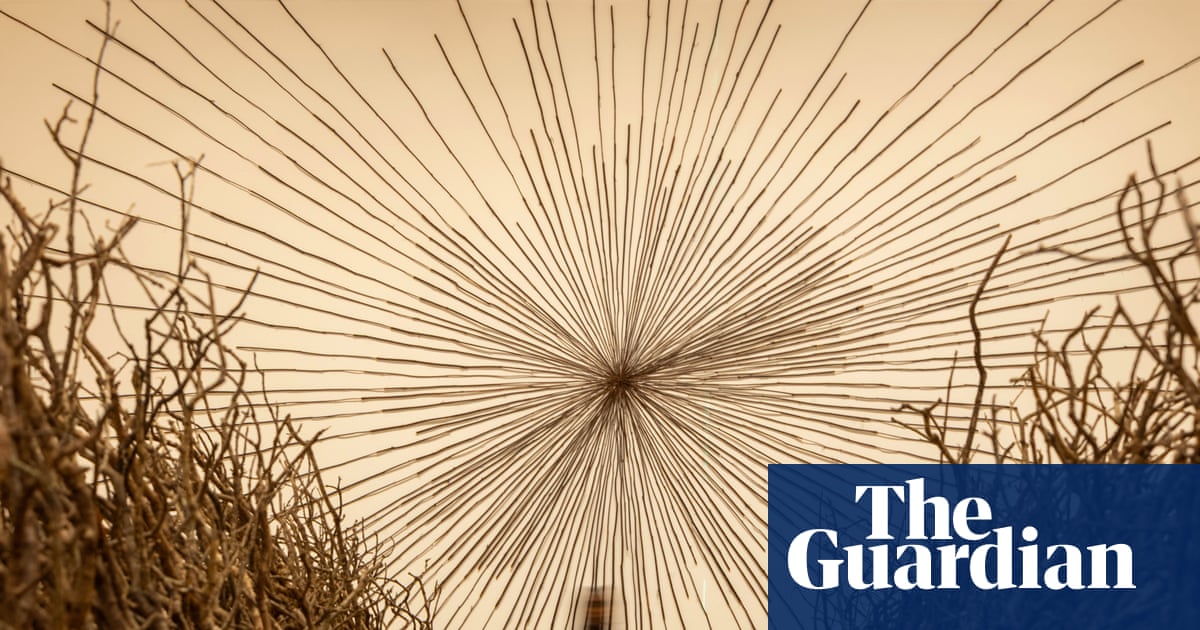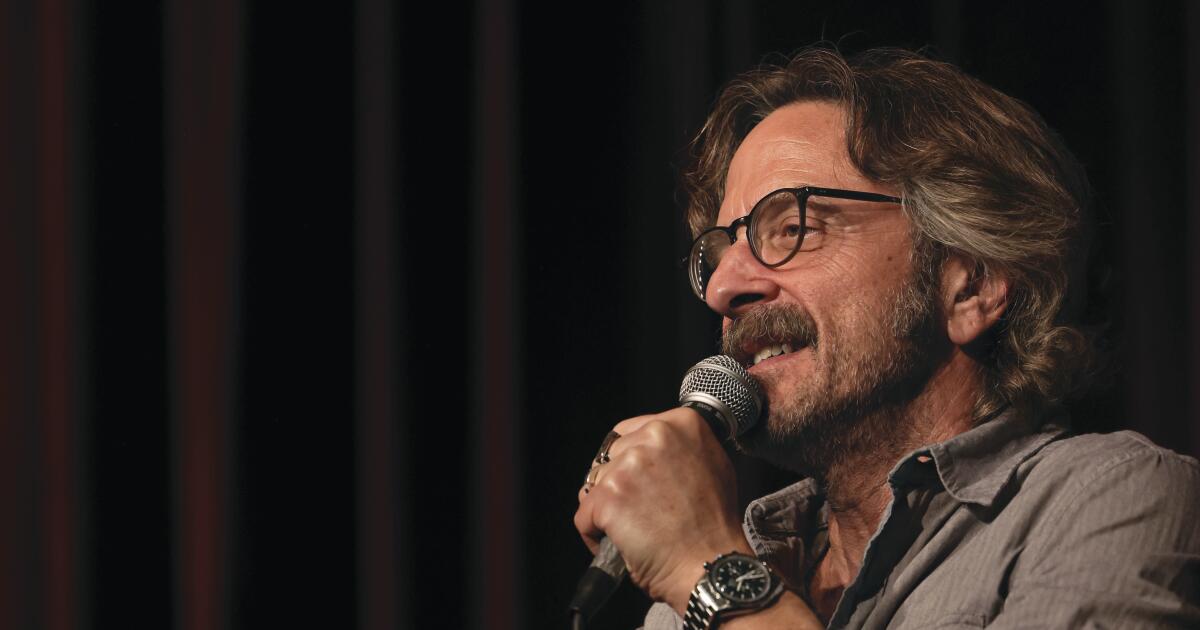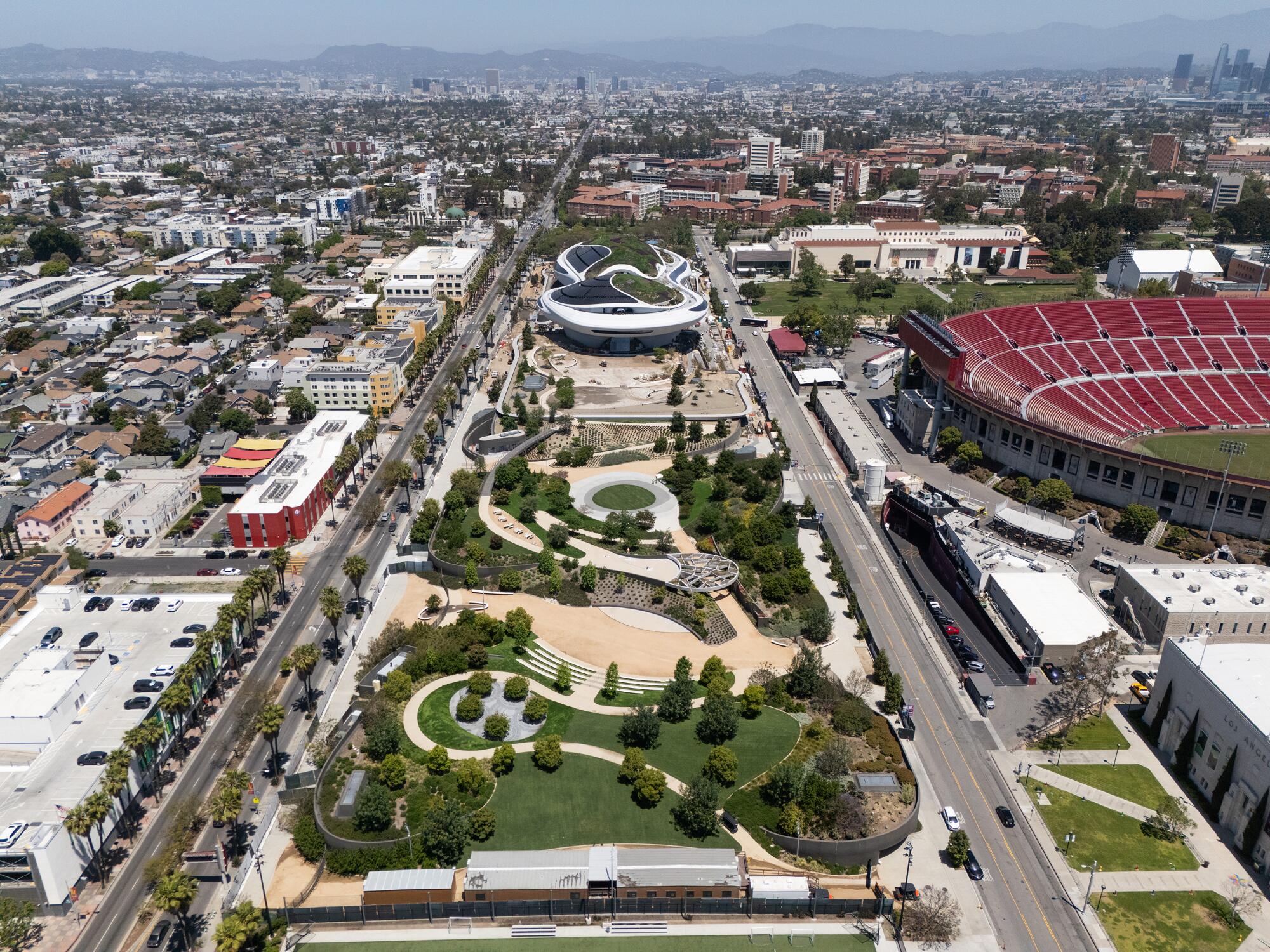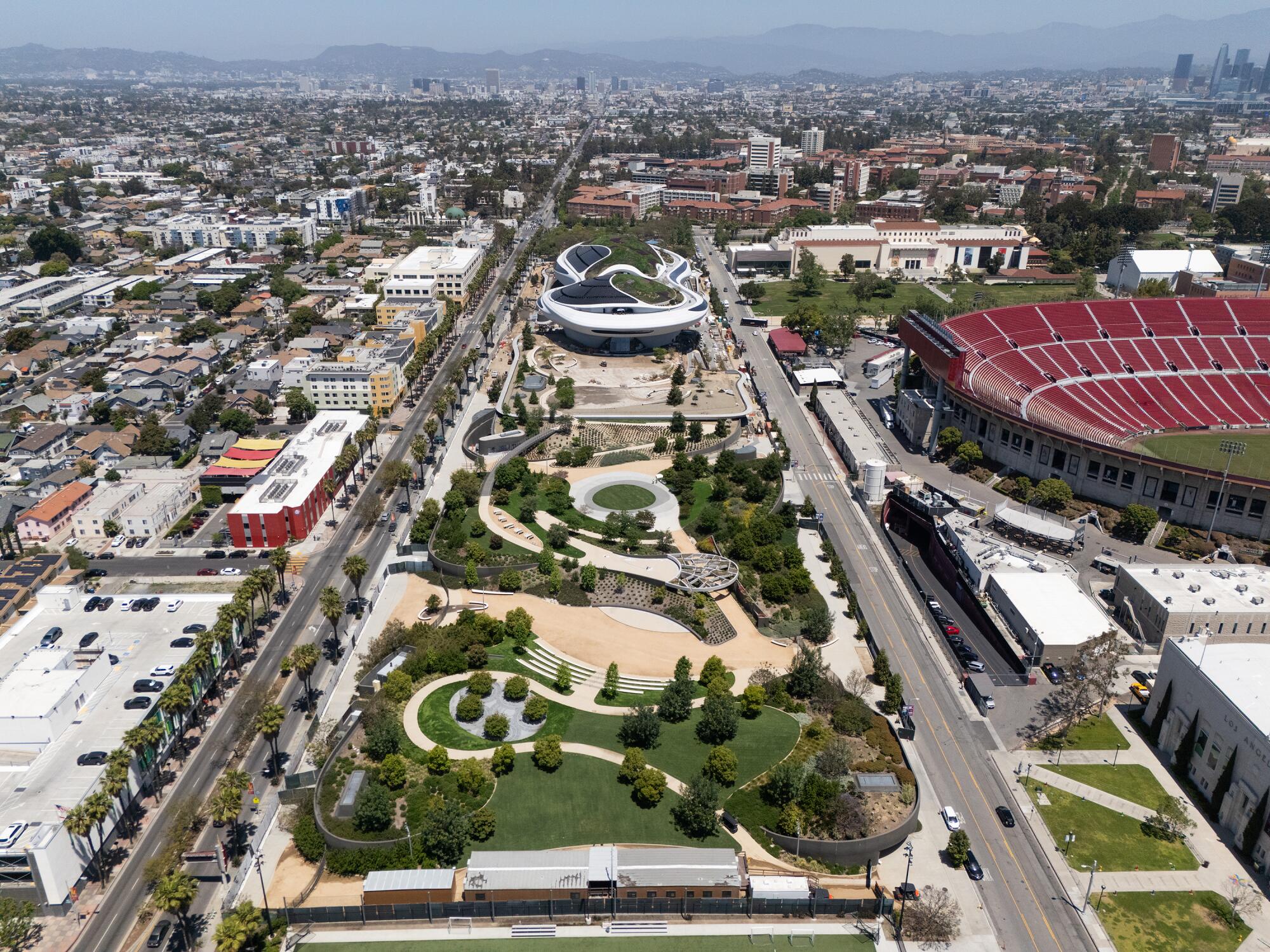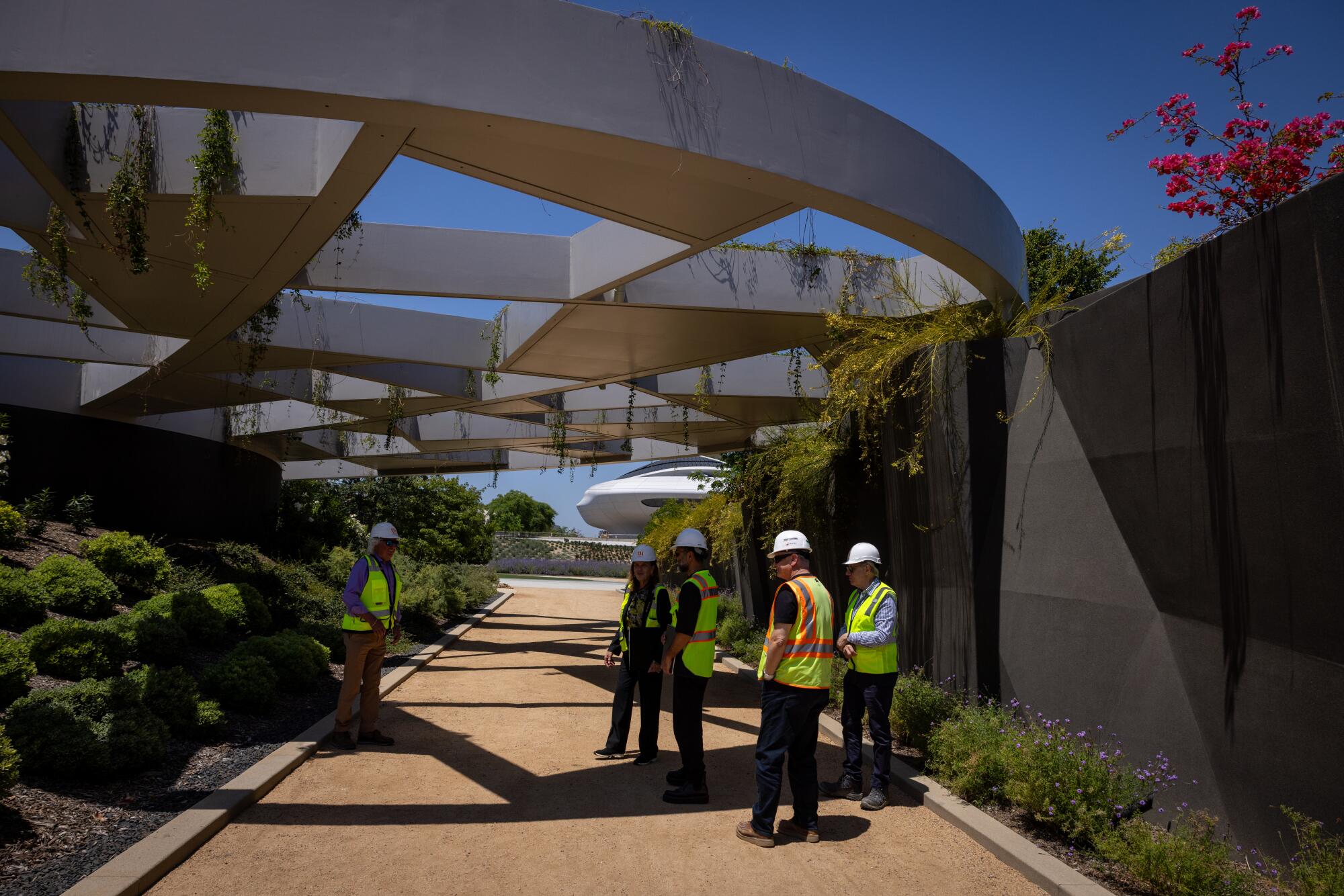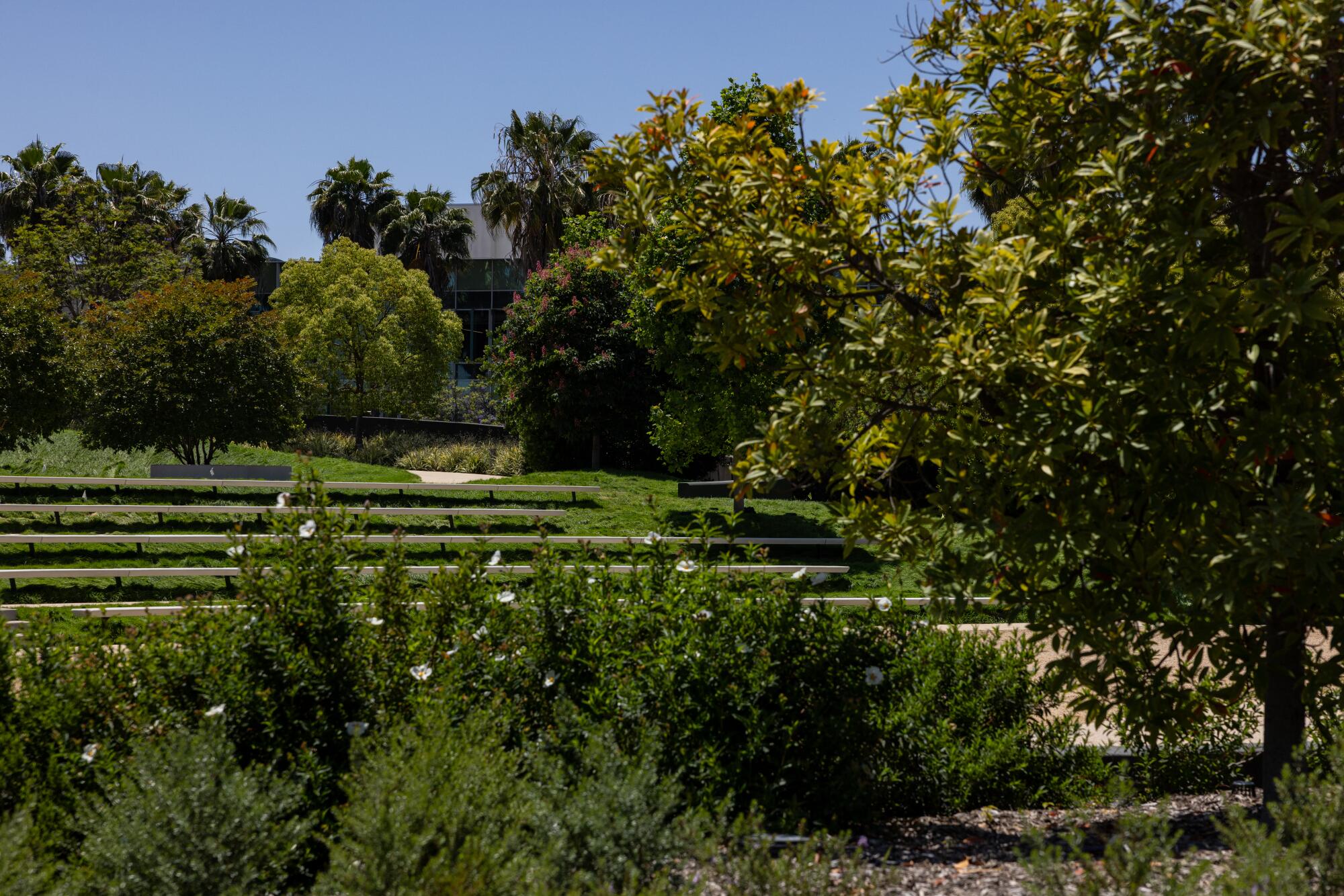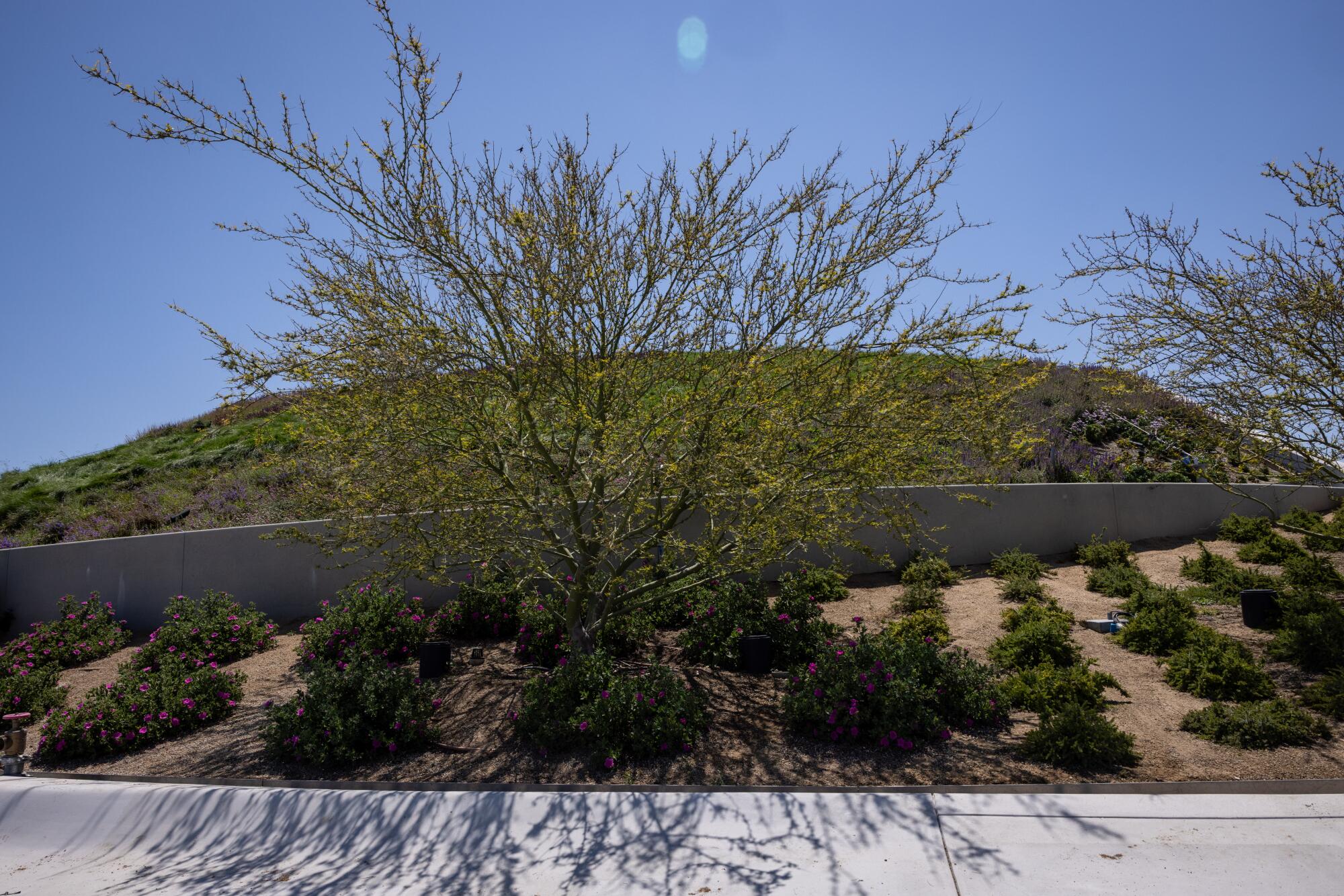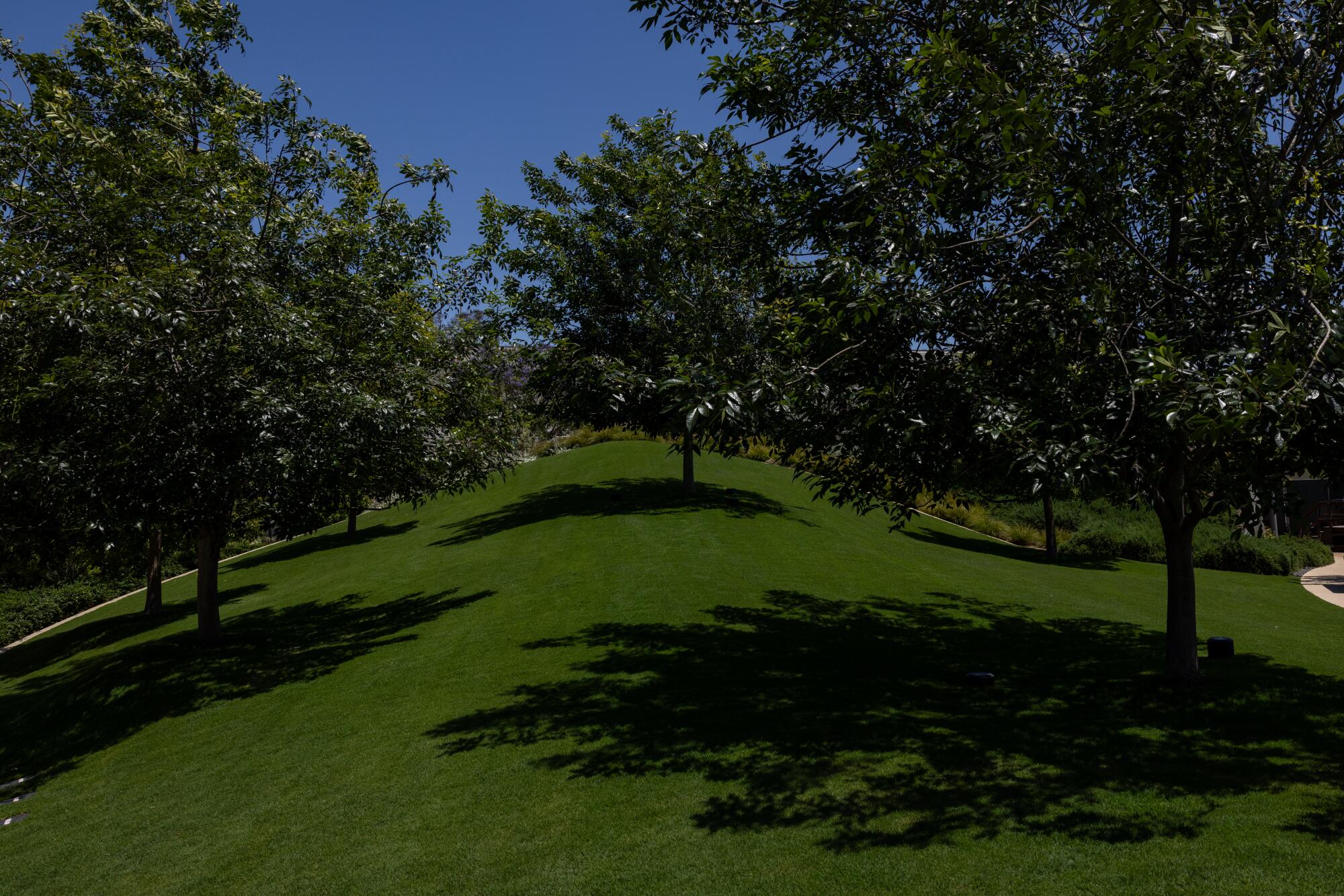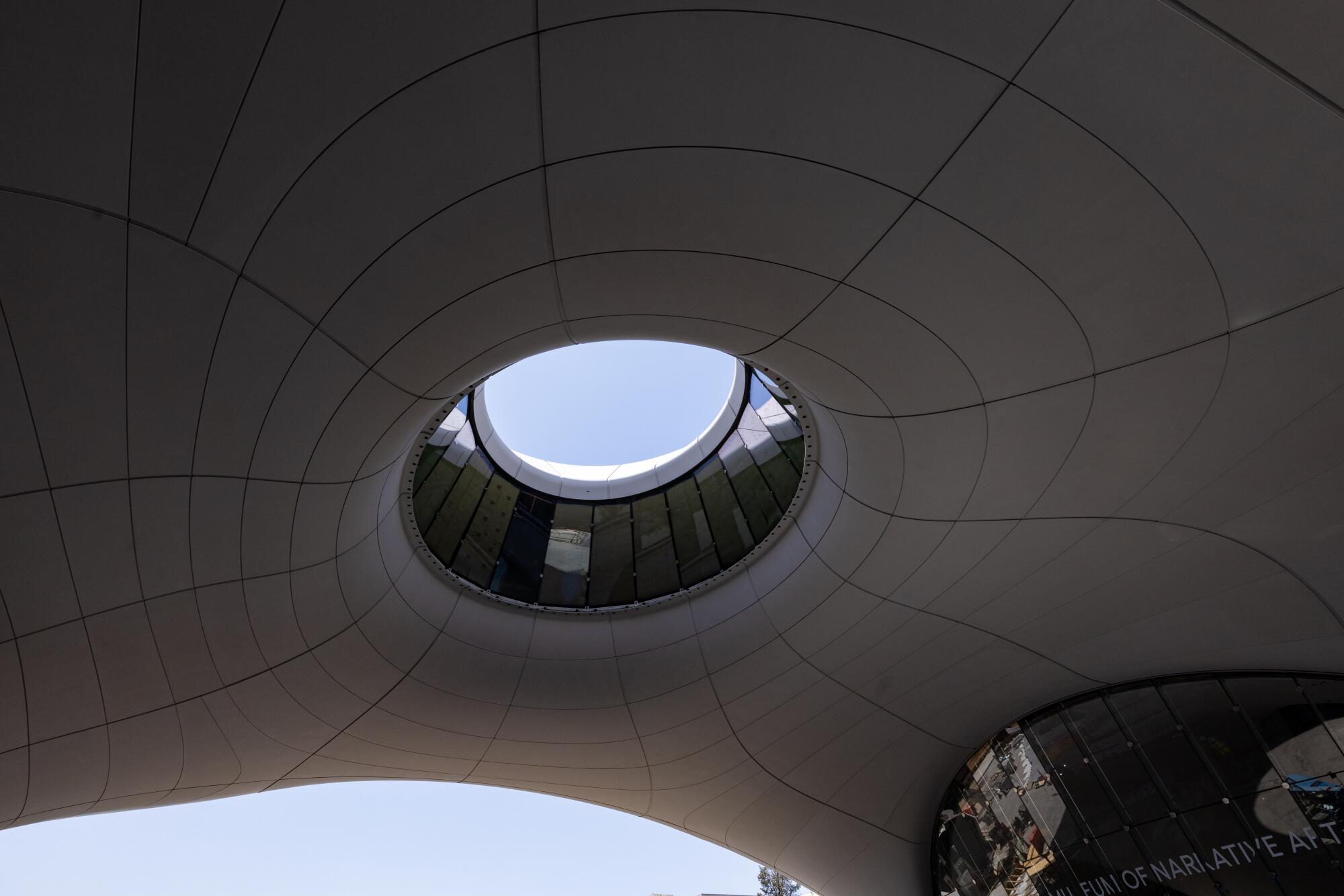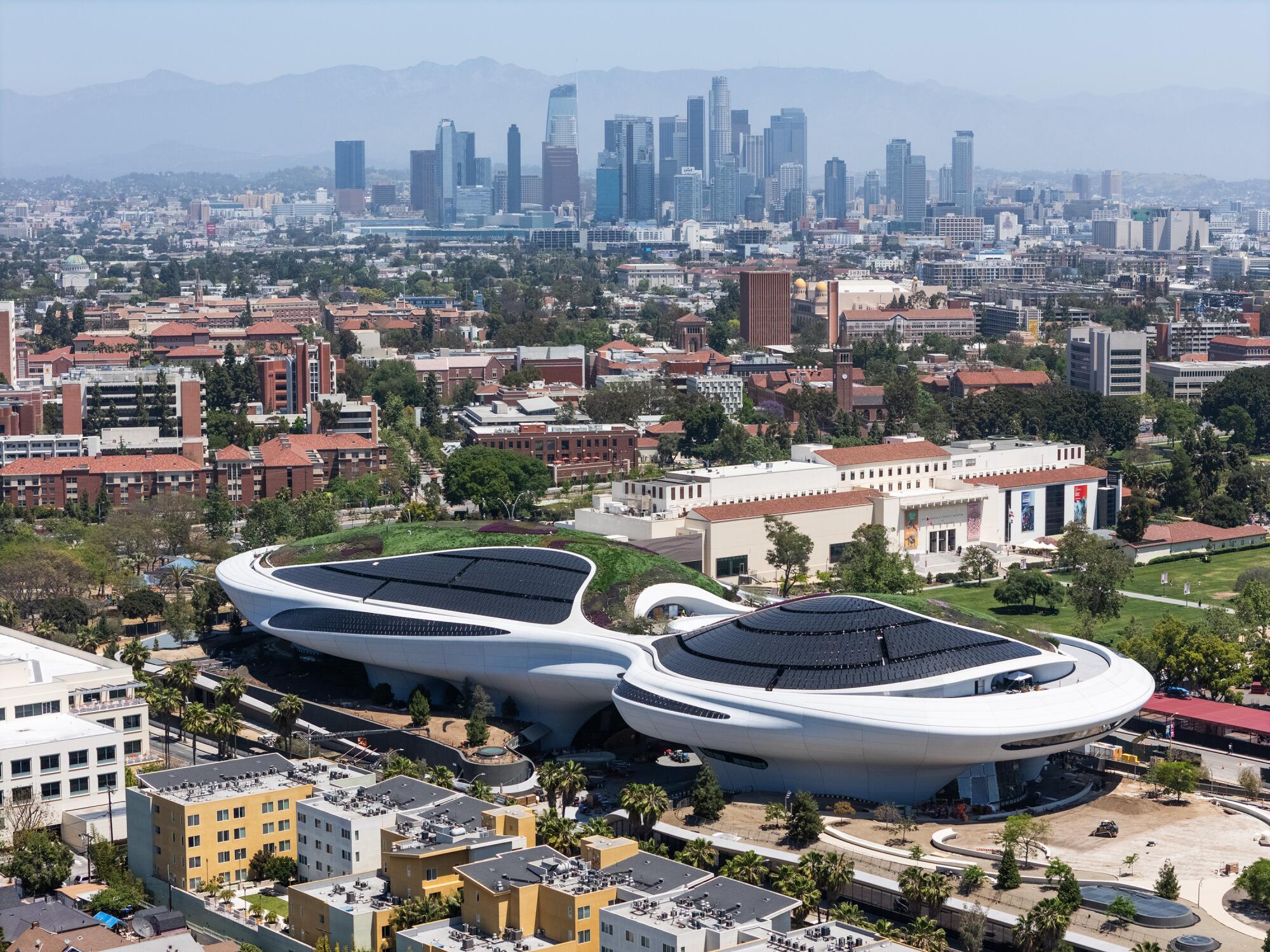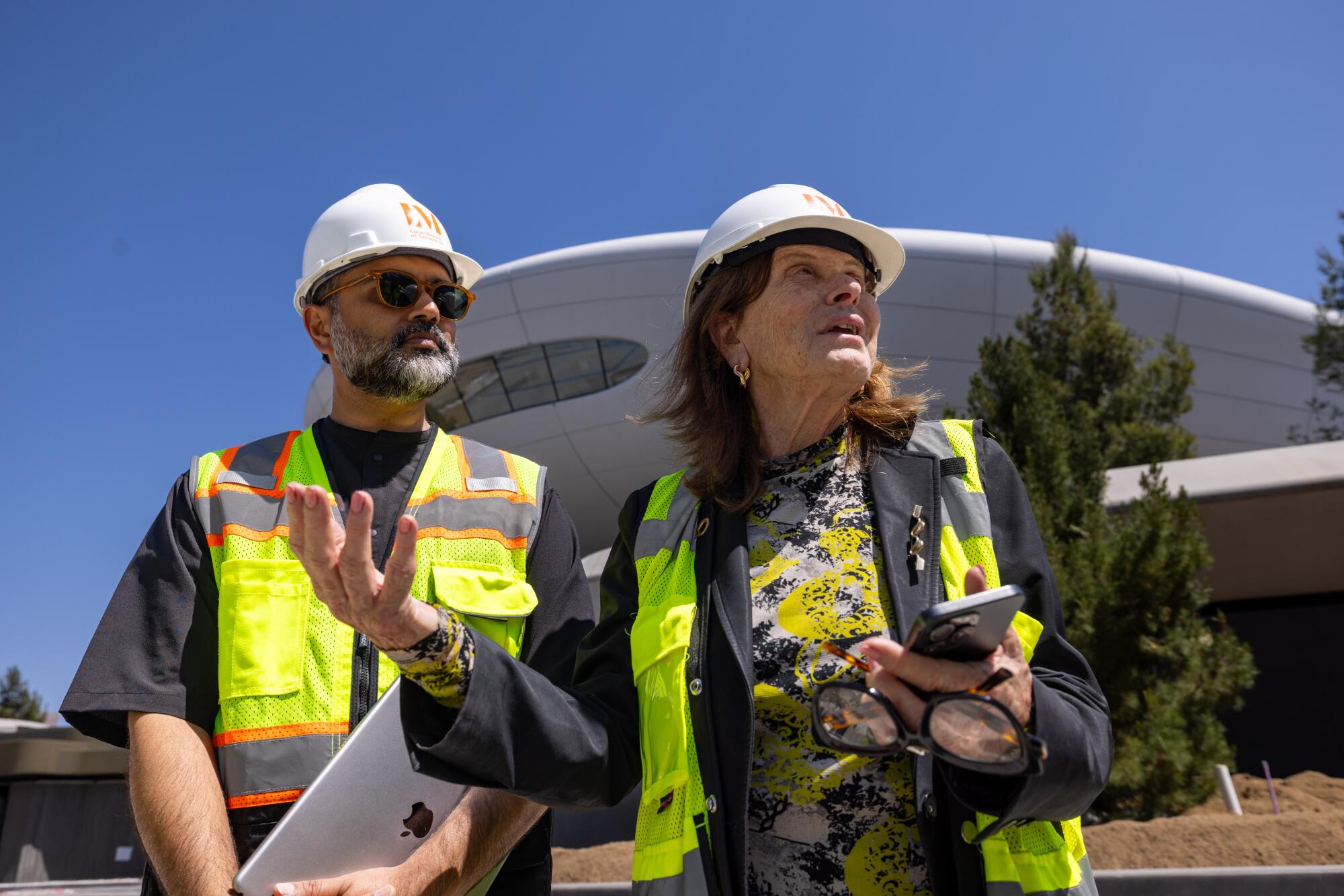‘The Irish landscape whispers tales of the past’: a trip beyond the blarney in far-flung Donegal | Ireland holidays
Earlier this year, a trailer for a film called Dear Erin appeared in cinemas featuring bloody-knuckled, flat-capped “Paddy” penning a letter on a table strewn with empty porter and whiskey glasses to Erin, his long-lost American flame. Much online brouhaha and frustration ensued at yet another Hollywood misrepresentation of modern day Ireland. The trailer was eventually revealed to be an elaborate ruse by Epic, the Irish Emigration Museum in Dublin, to call out the tired stereotypes and “to find out who the Irish really are”.
Ireland, and the Irish, are many things. The country’s economic and social structures have changed rapidly in recent decades but that doesn’t necessarily mean the culture has altered unrecognisably. What has changed is the increasing draw to connect with Ireland’s natural landscapes. Writers such as the late Tim Robinson, Manchán Magan and the popular podcaster Blindboyboatclub have been pivotal in mining the connection between the natural world and the country’s past. The Irish language has seen a renaissance in the past few years for the same reason. In his 2020 bestselling book Thirty-Two Words for Field, Magan writes: “Irish has a rich store of words that offers a more soulful and nature-connected way of seeing the world. It lets you live more deeply in your environment.”
To test Magan’s hypothesis, I travelled with my family to the Fanad peninsula in the Gaeltacht (Irish speaking) area of County Donegal this summer. The bilingual road sign that welcomed us to Fanad/Fánaid immediately delivered a geographical context, fána being the Irish word for sloping ground. Knockalla mountain (Cnoc Colbha – the hill of the edge) loomed to the east, calling to mind images of the ice sheets that carved the ridge along the twin peaks about 14,000 years ago.
The ice age also had an impact on Fanad’s coast. The rocks that still line the foreshores of its pristine beaches were left behind by retreating glaciers and pounded ever since by the North Atlantic to make sand. We sought out one of those white beaches at Ballyhiernan Bay (Bá Bhaile Uí Thiarnáin – the townland of Tiarnán). My phone offered no details of shadowy Tiarnán’s biography, but I wanted to find out more about why a whole bay was named after him – Robinson was right: “place names tell stories”. We were alone on the beach, our only company the swallows that surfed the air currents above the crashing waves. My 16-year-old son and I had spent the past year attending “pop-up Gaeltachts” in Dublin pubs in preparation for his stint working at an Irish college, a rite of passage for Irish teenagers, yet the Irish word for swallow eluded him. It is fáinleog, probably from fán meaning to wander or to leave, perfectly capturing the penchant of these summer visitors for travelling to Africa in the winter.
The process of anglicising Irish place names began in the early 19th century, following the 1800 Act of Union, with towns being renamed as part of the Ordnance Survey of Ireland, which began in 1824. This act of cultural erasure was soon followed by the great famine, from 1845 to 1852, which decimated the Irish-speaking population. In 1980, decades before the recent resurgence of interest in Ireland’s linguistic past, the Donegal playwright Brian Friel mined this pivotal era for his 1833-set opus Translations. The play’s erudite schoolmaster Hugh, who refers to Irish as “a syntax opulent with tomorrows”, might have smiled warmly at the idea of musicians such as CMAT, Fontaines DC and Kneecap releasing songs in the language nearly two centuries later.
Settling in for our stay at a cottage within the grounds of Fanad lighthouse, the view from our sitting room looked west to the towering cliffs of Tory Island (Toraigh – place of steep rocky heights), another far-flung corner where the native language maintains a grip, and famous for having a king until 2018. Ascending the vertiginous steps to the lantern room afforded us an even better view, with Malin Head (Cionn Mhálanna – high headland), Ireland’s most northerly tip, clearly visible across Lough Swilly (Loch Súilí – lake of eyes or shadows). The enormous expanse of sea to the north created a sense of the earth’s curvature, and Scotland and Iceland seemed almost within reach, somewhere in the distance.
The next morning, while kayaking under the nearby cliffs and blowholes with knowledgable local guide Hugh Hunter, oystercatchers dived overhead, calling out angrily as we paddled by their nesting grounds. These black and white seabirds with orange, chisel-like beaks migrate here from the neighbouring Nordic countries every autumn. My son is none the wiser about the Irish for oystercatcher: Roilleach an Giolla Brighde, meaning the servant of Saint Brigid. The story goes that Ireland’s patroness saint was hidden from an angry mob by a flock of oystercatchers who covered her in seaweed.
That afternoon, we joined the throng in the Lighthouse Tavern to watch the All-Ireland football final between Donegal and Kerry. There was a loud cheer in a mixture of Irish and English each time the home team scored. At half-time we joined a group of local teenagers as they discussed their impending university courses in Dublin. I wondered how their lives would change and who among them might come back, like the swallows and oystercatchers, to this far-flung peninsula.
Later in the week, stopping for directions to Port Na Ling (harbour of the ships) beach, a local man engaged us in conversation, explaining he hadn’t spoken a word of English until he went to secondary school. He pointed out the house where he grew up with 11 siblings, among a constellation of white-washed bungalows on the hillside the other side of Mulroy Bay (An Mhaoil Rua – meaning the bare hill). Ireland’s pre-famine, largely rural population, peaked at about 8.2 million and a sense of how the country’s built environment looked back then is somehow still tangible in many coastal Donegal communities. Gweedore (Gaoth Dobhair – estuary of water), an hour away to the west, is described as one of Europe’s most densely populated rural areas. In the aftermath of the famine, people in Donegal largely survived by travelling to Scotland as potato pickers, and this seasonal work allowed the county’s population to remain relatively buoyant, with locals returning home in the winter months rather than emigrating permanently.
We finished our time in Fanad by following the Way of the Cross up Knockalla to an outdoor altar with three crosses looking out across the peninsula. Blindboyboatclub explains that “the Irish landscape itself acts as a storyteller, whispers tales of the past”. The pathway we had just ascended has been a place of spiritual significance for millennia, long before being co-opted by Christianity. The many standing stones and ancient sites strewn across the fields are signifiers of a secret history. We were the only people to climb the mountain that morning, and what a privilege to have this sacred site to ourselves.
Our time in Fanad had been a portal to viewing the landscape afresh. Magan was right: the Irish language is an extraordinary conduit to the past and offers us a better understanding of the present.
Two-night stays at Fanad lighthouse from €350. Kayak trips with Eco Atlantic Adventures from €35pp. Further information: tourismireland.com

